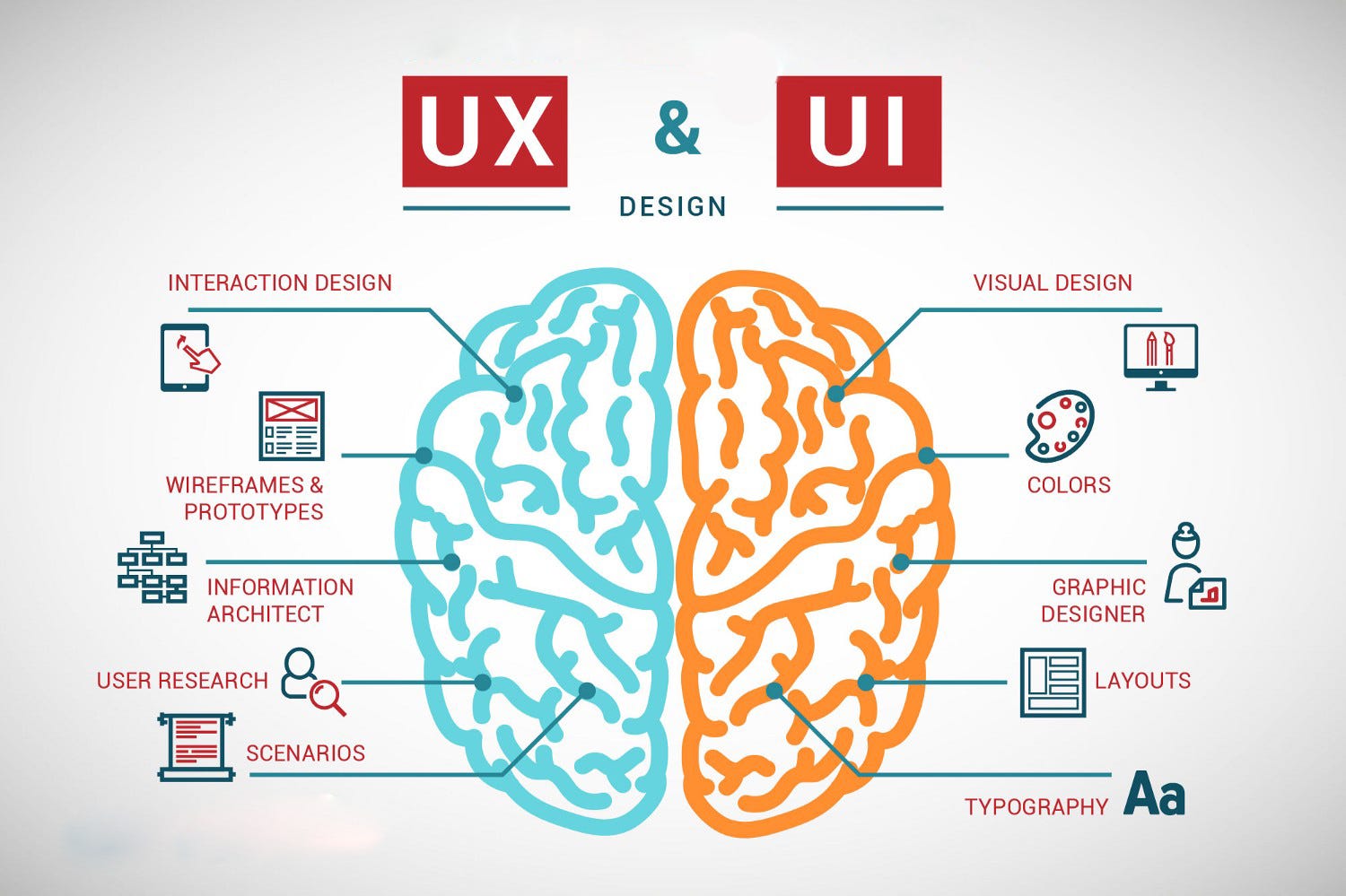Hey there, design enthusiasts! If you’re passionate about creating intuitive and engaging user interfaces, understanding the psychology behind UI/UX design can be a game changer. I’ve learned that incorporating cognitive psychology principles not only enhances user experience but also drives greater engagement and satisfaction.
Cognitive Psychology Principles in UI/UX Design
Cognitive psychology plays a crucial role in shaping effective UI/UX design. For instance, the principle of Gestalt psychology helps designers create cohesive and organized layouts. By grouping related elements and simplifying visual hierarchy, designers ensure users can easily navigate through a website or app. In Lagos, where tech startups are thriving, this approach is vital for developing user-friendly interfaces that stand out.
Another key principle is Fitts’s Law, which emphasizes the importance of making interactive elements easy to reach and use. In practice, this means designing buttons and controls that are comfortably sized and positioned, enhancing usability. I’ve seen how this principle is applied in various design projects in Abuja, resulting in more intuitive and accessible user experiences.
Applying Psychological Insights to Enhance User Experience
Applying psychological insights goes beyond just theory; it’s about creating designs that resonate with users on a deeper level. For instance, the Hick-Hyman Law suggests that the more choices users have, the longer it takes them to make a decision. By simplifying navigation and reducing options, designers can improve decision-making efficiency and user satisfaction. This approach is especially valuable in Port Harcourt, where user-friendly design can make or break the success of a digital product.
Understanding emotional design is also crucial. Creating interfaces that evoke positive emotions can significantly enhance user satisfaction and loyalty. I’ve observed how designers in Ibadan are leveraging emotional design to craft experiences that connect with users on an emotional level, making their products more memorable and engaging.
Conclusion
Incorporating cognitive psychology principles into UI/UX design not only improves usability but also enhances overall user satisfaction. Whether you’re designing for a tech startup in Lagos or creating a new app in Abuja, understanding these principles can make a significant difference.
Ready to dive deeper into UI/UX design?
Visit CYBERBUDDIES website to find the perfect course for your proficiency level and take your design expertise to the next level!








